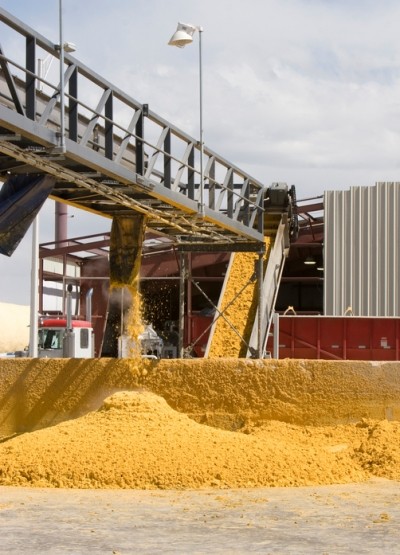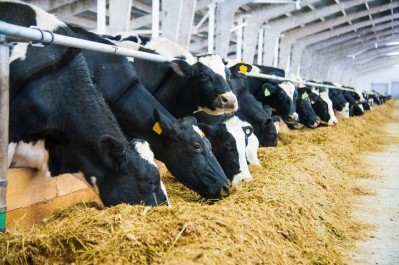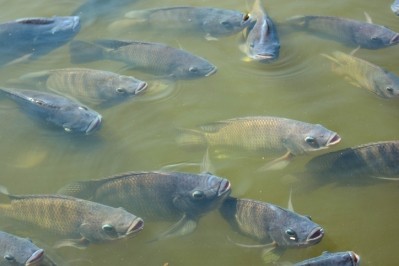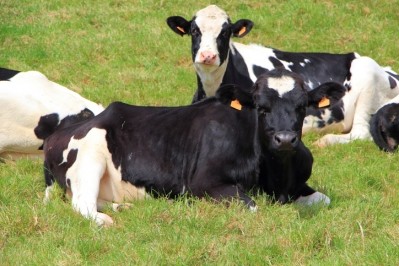Special Edition: Gut Health
Corn germ meal may offer DDGS replacement for young cattle
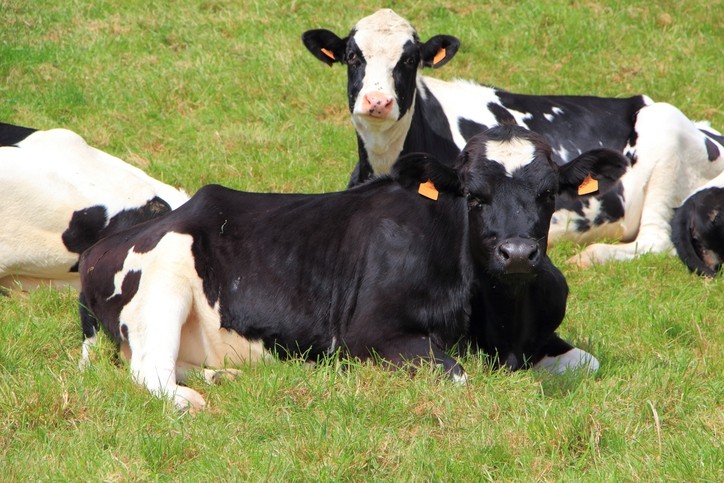
A team of researchers from Kansas State University ran a series of feeding experiments to see the influence of corn germ meal (CGM) in a diet and track the use of nucleotides (NA) when added to diets made with either corn germ meal or dried distillers grains.
“The objectives of these experiments were to determine (1) the effects of diets formulated with CGM in comparison to those formulated with dried corn distillers grains with solubles (DDGS) on growth performance and digestibility, and (2) the effects of NA on growth performance, digestibility, and mucosal immunity of receiving and growing cattle,” said the researchers in the study.
The research project is part of an ongoing focus on post-weaning calves, said Dale Blasi, corresponding author and professor and extension specialist at Kansas State University.
“We’re really concerned about these cattle that succumb to bovine respiratory disease,” he told FeedNavigator. “That’s why we were looking at the nucleotides to see if there was a response in the calves.”
The take away for producers however was in regards to the potential for use of corn germ meal as a feed product, he said. The group was able to get a production response at 24.5% CGM inclusion in place of DDGS.
“We were comparing two co-products,” he said. “The conclusion would be that you could feed it and if you’re in the radius of the product you’ll get a comparable [result].”
Diets that included up to 24.5% of CGM on a dry matter basis, instead of DDGS, maintained animal performance and digestibility, the researchers said. However, no benefits were recorded from use of NA in the diet of growing calves.
Why corn germ meal and nucleotides?
Reducing feed costs and health issues while maintaining growth performance is important for producers working with feeder cattle, said the researchers. During the receiving and growing phase, calves may face stress events that can lead to health challenges or reduce feed intake.
By-products are increasingly of interest for use in cattle diets because they are available, offer nutrient value and are low in cost, they said. CGM is generated during corn wet milling and has been previously used in swine and poultry diets.
However, little work has been done examining the use of germ meal in diets for ruminants, said Blasi. Examining co-products can be a way to establish new ingredients for feed use.
Feeding nucleotides (NA) may help improve gastrointestinal health for animals, said the researchers. They are in most feedstuffs, but at lower concentrations than milk.
Young animals may need supplemental NA to address disease challenges, infections and inflammation of intestinal tissues, they said. However, while work has been done with the supplements in rats and pigs, there is little research to no research of their use in ruminants.
“Anything we can do to manipulate the feedstuffs or offer added immunological advantages – it is a good thing,” added Blasi. “We’re always looking at the different co-products and where they lend themselves.”
Previously, work of this type with distillers grains helped establish the feed ingredient as an option for swine producers, he said. “It’s the natural evolution of identifying the true value of the co-product,” he added.
“As you can extract out fat and make a higher value for something else like biodiesel – it’s a state of flux,” he said of co-product use. As the nature of a co-product is altered, like by drying or removing elements like fat content, it can be important to continue evaluating it for use, he added.
Methods and materials
In the first feeding trial, 213 heifers were given one of six diets for a period of 85 days, said the researchers. The design of the trial was intended to compare the use of CGM or DDGS in a diet, with or without NA, on animal performance.
The diets included either 24.5 g/d corn germ meal or 29 g/d of DDGS, and one of three levels – 0, 2 or 4 g/d – of NA, they said.
Feed disappearance and refusals were recorded and calves were weighed on days 0, 28, 56, 84 and 85, they said.
In the second trial, 300 calves were given one of three diets for a period of 57 days, the researchers said. The focus of the trial was the effect of NA inclusion in the diet.
Calves were given one of three diets made with DDGS and including NA at three levels – 0, 2 and 4 g/heifer per day, they said. Animal weights were taken several times, feed intake was recorded and fecal samples were collected.
In the third study, four cannulated calves were given one of four diets for a period of 15 days before changing to the next test diet until they had experienced all feeds, said the researchers. The trial focused on diet digestibility and ruminal variation.
The diets included either CGM or DDGS and 0 or 3 g/heifer per day of NA, they said. There were 10 days of treatment adaption after which fecal and ruminal samples were collected.
Results
In the initial trial, no significant differences were found for dry matter intake (DMI) for cows getting diets with CGM or DDGS, the researchers said. Average daily gain (ADG) and the gain to feed (G:F) ratio also were similar for the different diets.
“Our hypothesis was that the energy value of CGM-containing diets would be similar to a DDGS-containing diet,” said the researchers in the study. “The NEm [net energy for maintenance] and NEg [net energy for gain] of complete diets containing 24.5% CGM (DM basis) and 22% DDGS (DM basis) calculated from animal performance were not significantly different.”
In the second feeding trial, DMI and ADG was similar for the different feeds, they said. “The results of this experiment are in agreement with Exp. 1 in that there were no significant effects of feeding a NA additive on performance of transport-stressed calves,” they added.
However, fecal IgA levels were highest in the calves getting the control diet, and lowest for those getting the diet with 2 g/d NA, they said.
In the final test, both starch and ADF concentrations tended to be higher in diets with CGM in place of DDGS, said the researchers. But DMI was not altered and digestibility was similar across diets.
“Dry matter digestibility was not different across treatments, averaging 69.5 ± 1.50%. Similarly, digestibility of starch, nonstarch DM, and ADF were not affected by corn by-product or NA,” said the researchers. “These results suggest that diets can be formulated using CGM to replace DDGS with no resulting differences in DMI or digestibility.”
Lactate concentration also was not altered by diet, they said. Ammonia concentration and total ruminal volatile fatty acid levels were reduced when cattle received the CGM diet, they said. However, that likely reflected the difference in diet formulation.
Nucleotide additives have been examined for use in other species, said Blasi. However, having to manage the rumen when working with a ruminant animal means that “apples to apples” comparisons cannot be made.
Source: The Professional Animal Scientist
Title: Effects of feeding nucleotides in diets containing corn germ meal or dried corn distillers grains and solubles on the performance and health of receiving and growing calves
DOI: doi.org/10.15232/pas.2016-01567
Authors: M. Schilling, S. Montgomery, E. Titgemeyer, A. Wertz-Lutz, C. Vahl, A. Schilling, W. Hollenbeck, D. Blasi
